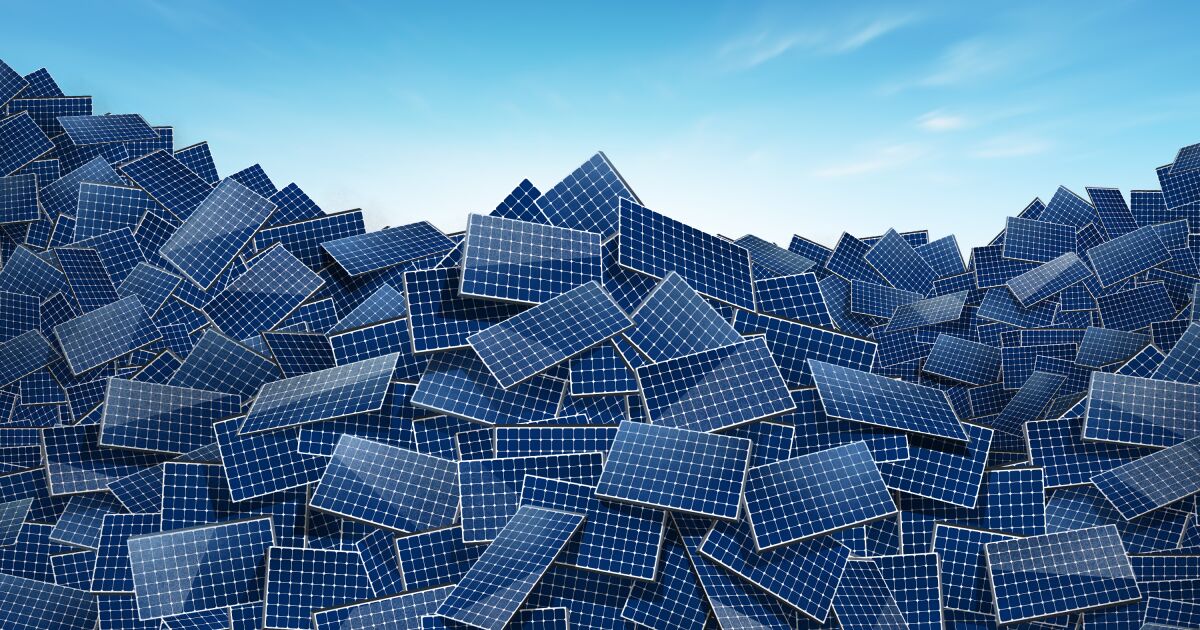Silent_Buddha
Legend
What a disaster...
And that's considering that my state is exporting even more electricity to CA than we usually do in the summer. And CA wants to move to all electric cars? And they can't even be energy independent (electricity generation) as is? And their grid is failing even with extensive energy imports from surrounding states?
CA has got to have the worst electricity grid in the US. I'm so glad I don't live there anymore, although it's a shame since the weather is so nice in some parts of CA.
Just a meaningless rant since I used to live there and used to really like the state.
Regards,
SB
And that's considering that my state is exporting even more electricity to CA than we usually do in the summer. And CA wants to move to all electric cars? And they can't even be energy independent (electricity generation) as is? And their grid is failing even with extensive energy imports from surrounding states?
CA has got to have the worst electricity grid in the US. I'm so glad I don't live there anymore, although it's a shame since the weather is so nice in some parts of CA.
Just a meaningless rant since I used to live there and used to really like the state.
Regards,
SB

